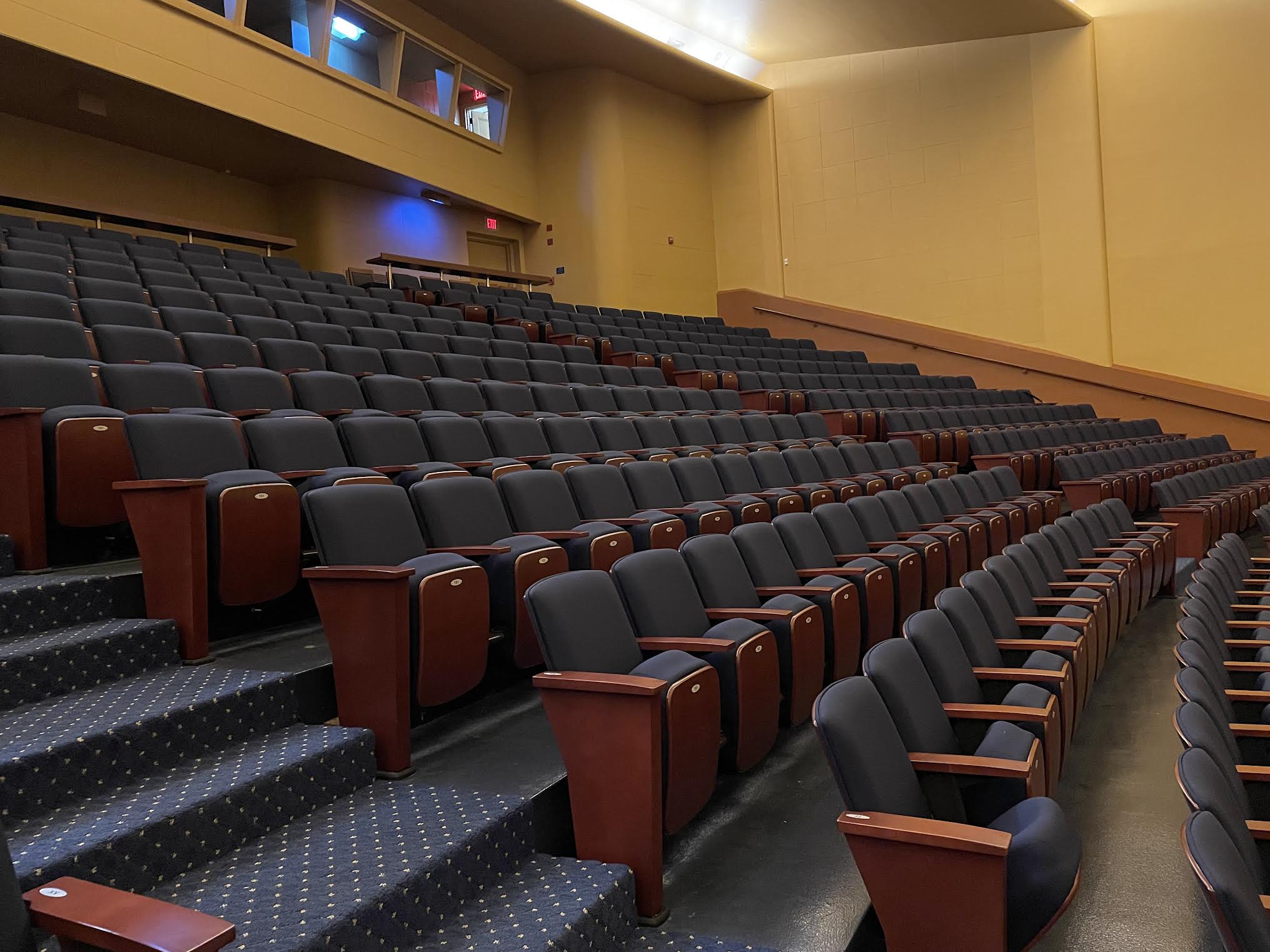Members of the GW community returning to campus this fall will notice many improvements in residence halls and other buildings throughout the campuses. More than 130 construction and maintenance projects, some of them major, have been completed to create a more welcoming and comfortable environment for living and learning, according to Baxter Goodly, vice president for safety and operations.
“We have worked very hard this summer to improve our campuses,” Goodly said. “Throughout a variety of areas, we installed new roofing, new flooring, and new plumbing. While these changes may not be noticeably evident to many people, they are necessary for the health and viability of the building and to improve overall student experiences.”
Improvements have been made to residence halls campuswide such as installing anti-scald systems to regulate the temperature of water from faucets and shower heads. Other residence hall improvements include:
- JBKO – new bathrooms, plumbing infrastructure, electric stoves
- Amsterdam – removed popcorn ceilings, new flooring in halls and units, new kitchen counters/sinks, new bathroom counters/sinks -- new finishes and furniture in the main office of Campus Living and Residential Education
- Somers Hall – replaced windows and new bathrooms in the original structure
- West Hall’s Pelham Commons Dining – complete renovation & refresh
- Thurston Hall – kitchen flooring replacement on all levels
The most widely noticed improvements may be those made to Lisner Auditorium, where seating and flooring were replaced, and in the Lerner Health and Wellness Center, where the basketball court and indoor track surface were replaced.

Other campus infrastructure improvements include:
- University Student Center – replaced carpet with vinyl plank flooring in rooms on the third and fourth floors
- Charles E. Smith Center – sound and video board upgrades
- 2134 G St. (GSEHD) – new roof, two facades repaired (the other two facades are scheduled to be replaced next summer)
- Mount Vernon Campus Quad Fountain – upgrading of fountain infrastructure
- Elliott School of International Affairs – constructed new all-persons restroom
- University Yard – resodding of University Yard and updated landscaping on the H Street side
Significant renovations have been made in the Estelle and Melvin Gelman Library over the last three years, according to Goodly.
“Gelman had many operational challenges including an insufficient HVAC system that lacked adequate climate and humidity control throughout the building,” Goodly said. “We focused on the HVAC system in key areas of the building during this and previous summers, which has addressed humidity issues by allowing better environmental control. Students, faculty and staff will enjoy a more comfortable university library where they can grab a cup of coffee and meet, study and learn. And these changes will help safeguard Gelman’s older manuscripts and other archival materials from humidity and mold.”
In addition to climate control upgrades, Gelman also benefited this summer from a new roof and resealing of windows.
Big changes on a smaller scale were made over the summer in the Navy ROTC office space (2035 F St.), which has a new HVAC system, new flooring and new windows as well as a refresh of the space with a new coat of paint.
Many “unseen” or invisible projects were completed to improve quality of life in spaces where community members work, live, and attend classes, including the updating of 19,500 lighting LED fixtures and bulbs, with a goal to have upgraded a total of 45,000 lighting fixtures over the coming year.
Other summer projects included annual inspections of fire alarms, sprinklers, fire curtains, fire pumps and suppression systems. Exterior windows were washed and carpets were cleaned in multiple buildings. Preventive maintenance was completed on electrical systems and older trash bins were replaced with new ones that are more resistant to pests.
The projects completed this summer are a continuation of an ongoing plan to make improvements on campus.
“Certainly, this last summer was just a great example of how much work we’re doing. But there’s more to come as the university has committed to investing in the buildings over a long period of time,” Goodly said. “Without this commitment from university leadership and the Board of Trustees, we certainly wouldn't be able to do the work that we’re doing.”
The number of improvements were enabled, in part, by an important structural change nearly three years ago in the way the professionals in his division are organized, Goodly said. Previously, work was organized campuswide by the type of work—plumber shops, electrical shops, carpentry shops and so on—but a shift was made to a zone structure, with each zone on campus having its own team of maintenance employees.
“We’ve changed our approach,” Goodly said. “We’re much more proactive now, looking for problems before they become problems.”
Goodly said he is especially grateful for “the folks that are actually facilitating and doing the work, whether it’s the custodians, grounds crew, maintenance teams, or project managers. These are the folks who are sometimes invisible, but without them, the amount of summer improvements we achieved in a very tight time frame wouldn’t be possible.”




